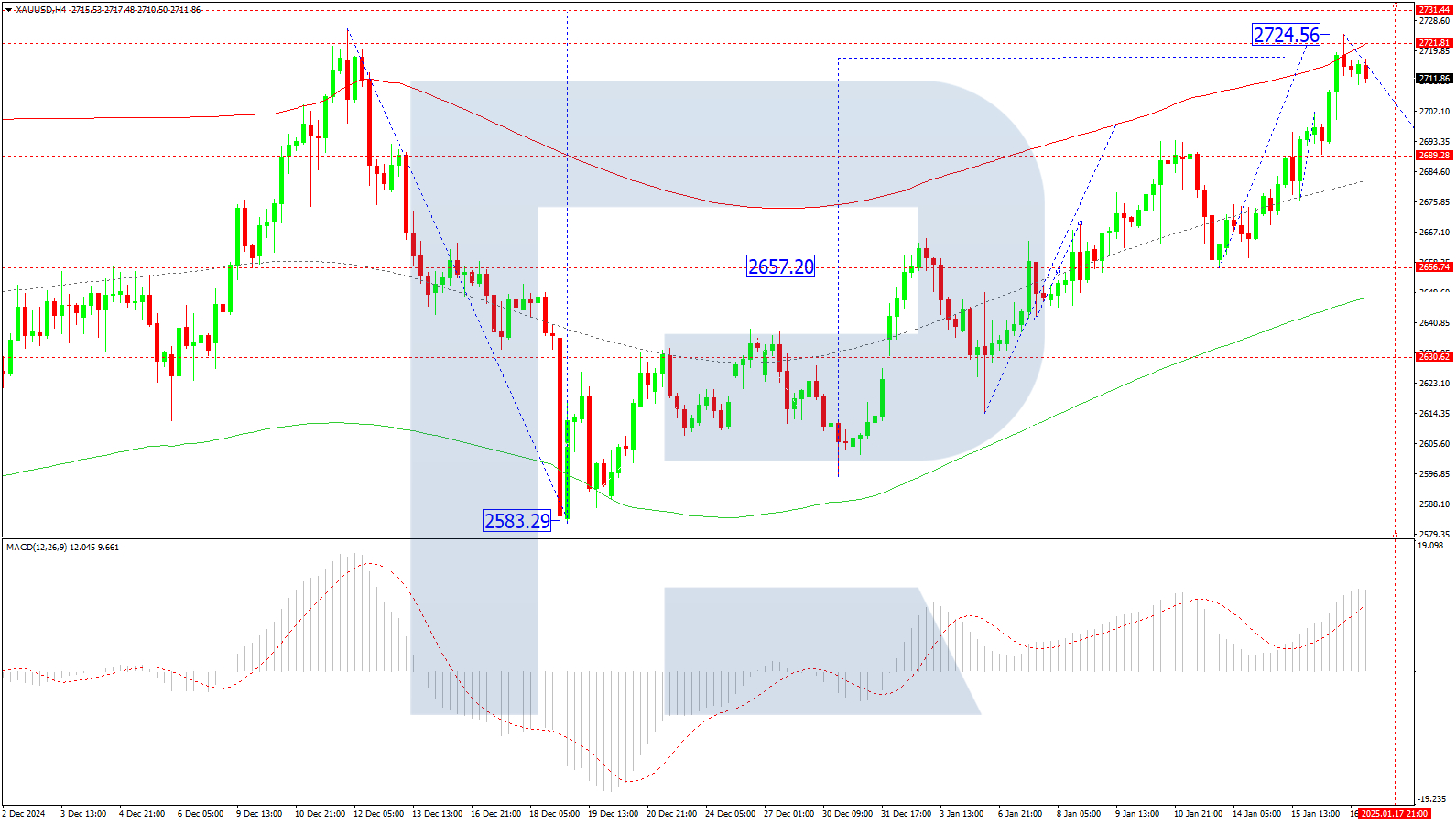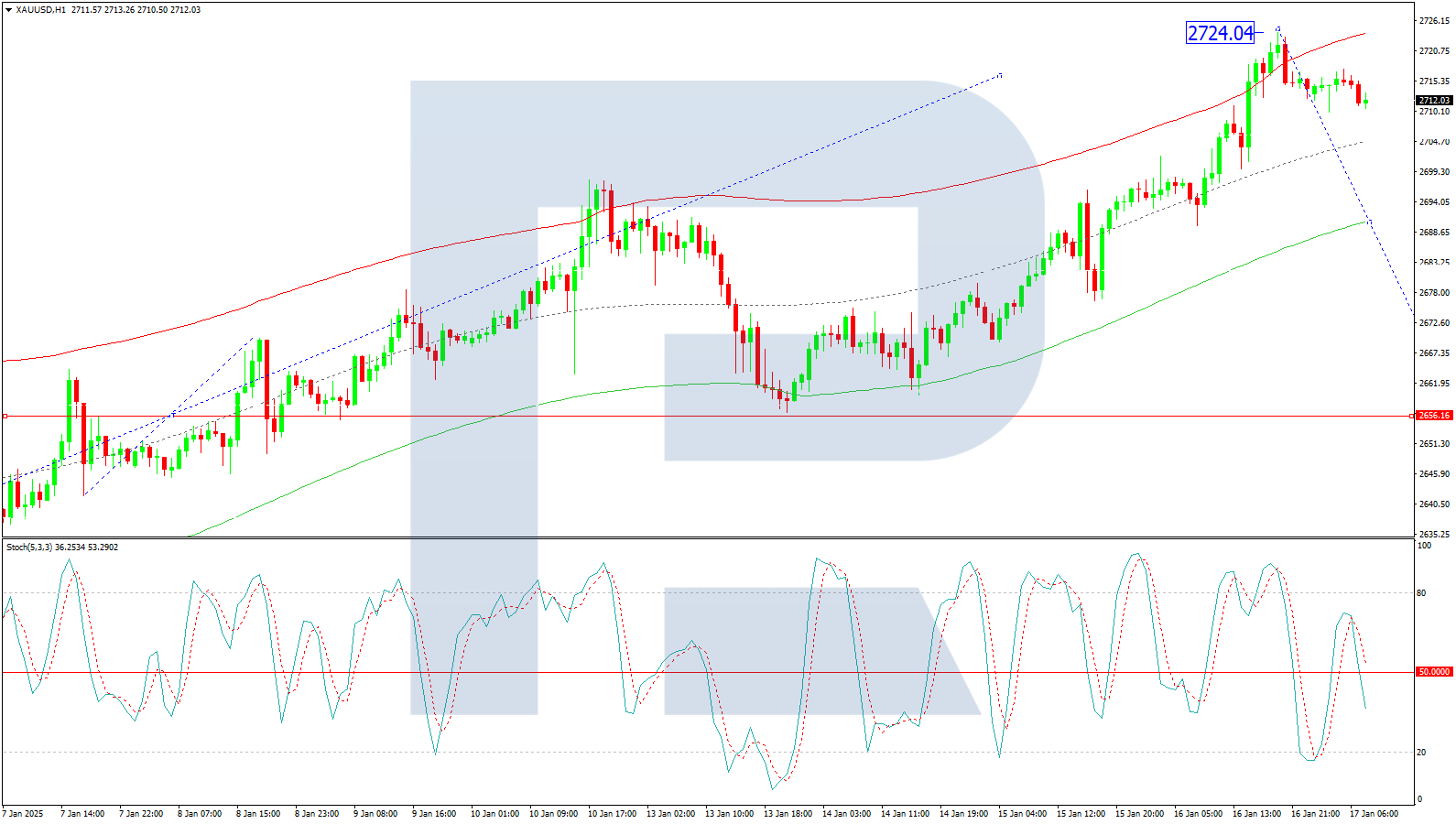Key factors affecting NZD/USD
Domestically, New Zealand’s monetary policy outlook adds to the pressure on the currency. The Reserve Bank of New Zealand (RBNZ) is scheduled to meet in February, and market expectations suggest an over 80% probability of a rate cut from the current 4.25% per annum to 3.75%. Furthermore, the baseline scenario anticipates active monetary easing throughout 2025, with rates potentially falling to 3.00–3.25% by year-end. These factors create systemic fundamental challenges for the NZD exchange rate.

On the H4 chart, NZD/USD recently formed a rising wave to 0.5650, followed by a decline to 0.5563, marking the boundaries of a consolidation range near 0.5616. An upward breakout could pave the way for further gains to 0.5670, with the potential for continuation to 0.5693. Conversely, a downward breakout could lead to a decline towards 0.5530. The MACD indicator supports this scenario, with its signal line at zero, showing equal probabilities for an upward corrective wave or a continuation of the downward trend.

On the H1 chart, the pair is consolidating around 0.5607 without a clear trend. An upward breakout could trigger a move towards 0.5670, while a downward breakout may extend the trend to 0.5530. The Stochastic oscillator supports this outlook, with its signal line above 80. A decline of the indicator to 20 is possible, indicating a downward move in the short term.
The NZD/USD pair has room for growth due to subdued US dollar activity. However, its longer-term outlook is clouded by domestic monetary policy expectations and uncertainties surrounding global trade. Technically, the pair is consolidating, with the potential for upward or downward breakouts depending on market drivers. Key levels to watch include 0.5670 and 0.5530, with further direction depending on news flow and broader economic developments.











